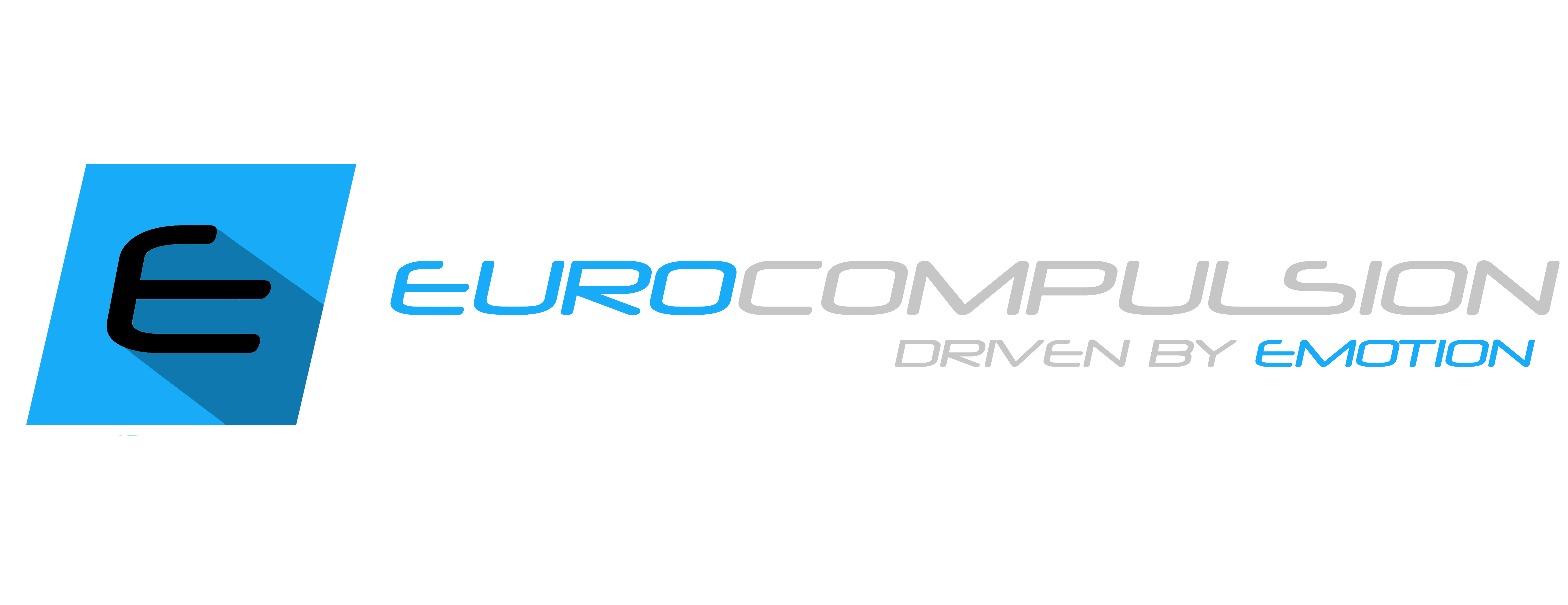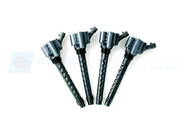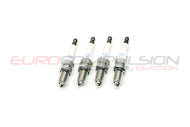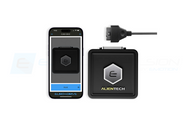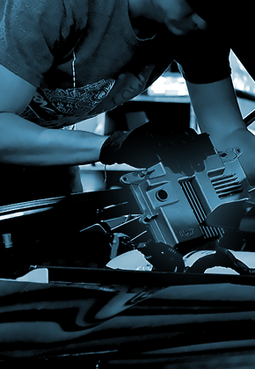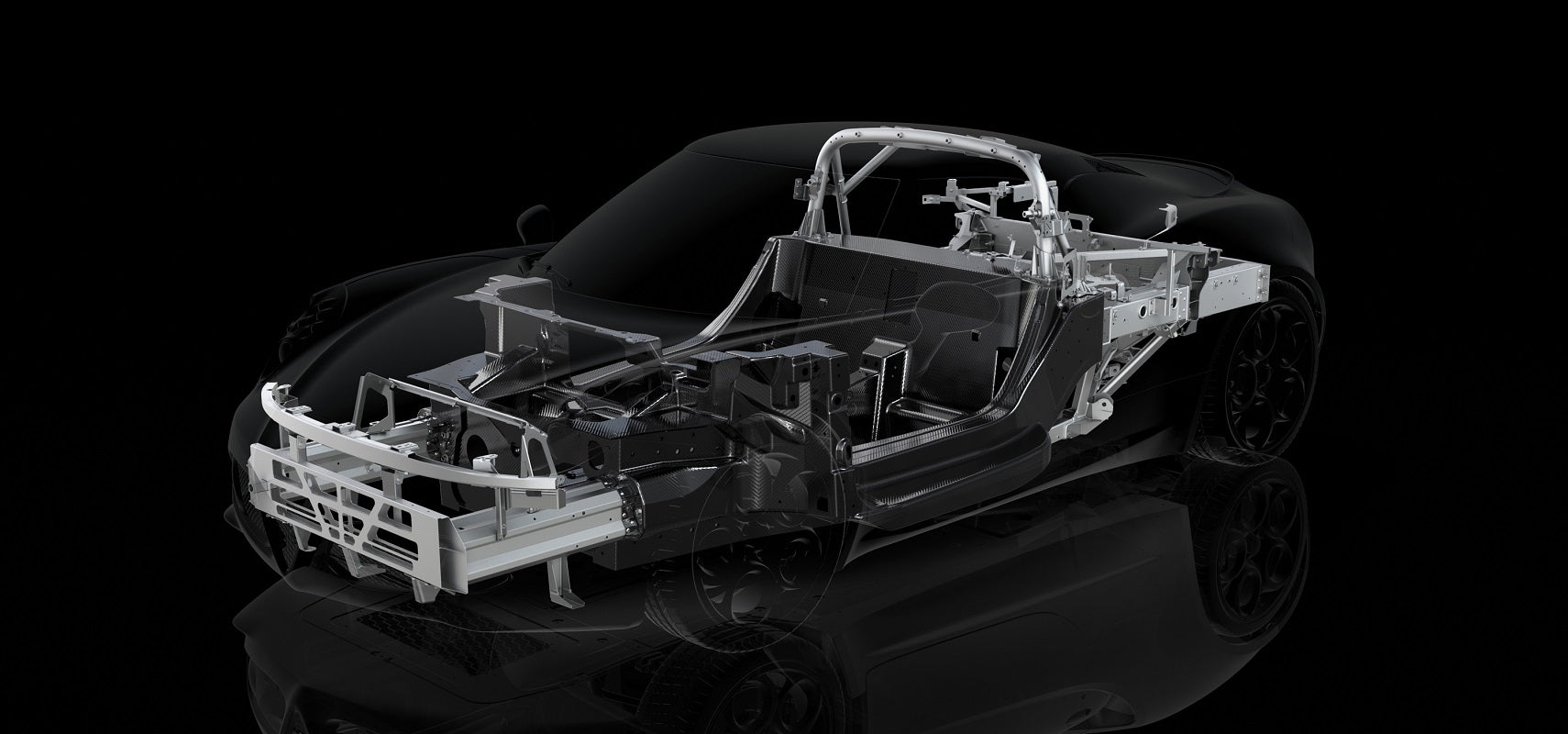
One of the main features of the new Alfa Romeo 4C is it's carbon fiber chassis. This is a feature not previously seen in production cars with the exception of some very high end exotics. This chassis is ultra light, and ultra strong, and from a performance car standpoint carbon fiber is the best material to use in this application.
However, as with anything that's relatively new, there are some fears and misconceptions that some people will have. How easily can it be damaged in an accident? How can it be repaired? Are there any other concerns compared with a conventional chassis? I intend to cover all of these topics. I'll explain just what the dealer looks for when they inspect for damage, and how they deal with it, and I'll point out some things to watch out for.
The good news is that there really isn't too much to worry about. The 4C's carbon fiber chassis is far superior to a steel unit body chassis in every way. Yes it's new, and so some people are scared of it, and yes, few people at this moment can service it, but in time that will change. At one time people were skeptical of the switch from wooden frames to steel, and then from steel frames to unit bodies, so this skepticism is nothing new and it's understandable.
So, let's talk about this chassis. First I should say that in various bits of Alfa literature, it's called, a chassis, a monocoque, and most confusingly, a body. For purposes of this article I will be referring to the carbon fiber chassis as simply the “chassis”.
The 4C Chassis:
The 4C's chassis is much stronger and much lighter than it would be if it was a conventional steel chassis. It's said to weight under 150 pounds. It's strength provides a high level of occupant protection, and also a great deal of rigidity to allow the performance suspension to make the most of available tire grip.
From a performance and an enthusiast standpoint, this chassis is light years ahead of what we Alfa enthusiasts had to work with in the old days. This new chassis won't ever rust. That's enough reason for me to like it right there. As a side note, there is very little on the 4C that can rust. Most of the remaining structure is aluminum, the outer body panels are fiberglass, and the front and rear bumpers are polyurethane. There is a small amount of steel present and most of that is coated, so unlike the old days, rust is not going to be a factor for this car.
The big advantage of this new chassis is in both performance, and potential performance. The chassis is light. All other things being equal, less weight means more performance and very few current cars with this much power are lighter than the 4C. The low weight is a big help for those of use who tune these cars because it's a big factor in potential performance. Relative to heavier cars with equal performance, a small increase in power for the 4C has a relatively large effect on the cars acceleration making gains in horsepower very meaningful. At Eurocompulsion we have a 4C with an additional 70 horsepower over stock and it's a wild ride.
Another performance advantage is provided by the chassis' stiffness. Gone are the days when stiffer springs and sway bars would be offset by increased chassis flex. The 4C's chassis is so stiff that I just don't see this ever becoming a factor, at least not with wheels and tires that can actually fit on the car. So go ahead and bolt on that coil over kit, you don't need to worry about reinforcing mounting points or adding a chassis stiffener kit like we did with the old Alfa GTV6s and Spiders.
The low weight of the 4C is important, but I want to mention that the version of the 4C we get in the US is about 200-300 pounds heavier than the European car (this number varies depending on sources), but it's still a very light car by current US standards at under 2500 pounds. As far as I can tell, both the US and European cars use the exact same carbon fiber chassis. All of the extra weight in the US car is found elsewhere, mostly in the sub-frame assemblies.
All of the 4C's main mechanical components are bolted to aluminum sub-frames that attach to the carbon fiber chassis. There is actually a small amount of steel present in these sub-frames, mostly at the attachment points to the chassis, but for purposes of this discussion, I'll call them aluminum. These sub-frames provide various functions. First of all, they serve as the attachment points for all the main mechanical components, like the engine, suspension and so on. Second, the provide a crush zone and thus protection for the occupants, and for the carbon fiber chassis itself.
The sub-frame assemblies on the US car are much heavier than those on the European car. This is due to US crash test regulations, and in my view this is probably a good thing. In Europe the odds of getting hit by a Chevrolet Suburban driven by an uninsured illegal immigrant are pretty low. In the US, we have to think about those 20 year old Suburbans and Excursions running around. I'll take the extra weight for a street car.
US vs. European Sub-Frames, Front:
Rear:
If I was building a track only 4C, I think I would use those pictures as a guide to start on weight reduction, but again, and I can't stress this enough, I think the extra protection on a US driven street car is a very good thing.
Let's take a look at the complete chassis with the attached sub-frames.
Here are the components. 1. The carbon fiber chassis. 2. Steel brackets (also present but not visible at the rear sub-frame attachment points. 3. Front sub-frame. 4. Rear sub-frame. 5. Steel roll bar.
Carbon Fiber Concerns:
There are some concerns out there, some I think are legitimate and some are not. There is give and take in every automotive design factor, and I think the pros of the carbon fiber FAR outweigh the cons, but we need to cover both sides here.
Let's start with what I consider the more likely problems. I think we may see far more problems caused by improper servicing than anything else. My first concern is improper jacking. The car must be jacked up using the proper points and with a padded jack surface. We don't want sharp metal edges of a jack digging into the carbon fiber. That could damage it. This isn't a jacking article, so follow the official guides on this. I guarantee someone will damage their 4C jacking it up, and it's one of the first things I would check for if buying a used 4C.
Of somewhat greater concern is damaging the fasteners in the carbon fiber chassis. This IS going to happen. Mechanics love air tools, sadly it's very easy to set them incorrectly and over torque things. The carbon fiber chassis has many studs built into it for use in attaching various components. These studs have “riv-nuts” holding them in place so you can tighten the attachment nuts without spinning the stud. If you over tighten these you can break the riv-nuts free making it almost impossible to tighten the attachment nuts. This whole problem can be avoided with careful use of hand tools, but my hopes here are not high. Someone, including someone at the dealer is going to screw this up.
Attachment Studs, DO NOT OVERTIGHTEN or you are $&#Ked
Accident Damage:
This issue seems to be one of the bigger concerns out there with the 4C, but it doesn't need to be. The 4C is designed so that the front and rear sub-frames will take the brunt of the incident and protect the carbon fiber chassis and the occupants. If the carbon fiber is damaged it's likely that the accident was so severe that the car would have been totaled if it was a steel unit body car.
The bottom line for me is this. It's just unlikely due to the design of the car that the carbon fiber chassis would be badly damaged except in the case of an accident so severe that a conventional car would be totaled anyway.
Now, what if the carbon fiber chassis is damaged? At the moment there are three ways this could go. The chassis could be repaired, replaced, or the car could be totaled. Now keep in mind that at the time I am writing this all these cars in the US are brand new. It's likely that some time in the future when carbon fiber becomes more common, and as these cars come off warranty various specialists in repair will pop up, and eventually they may become commonplace. For now, the only repair facilities for the carbon fiber are through the dealer, so let's go over the actual procedure the dealers use to decide how to handle damage in this area.
The dealers have a flow chart to decide what to do. Here is my summary of it:
Step 1. Damage is detected either as a result of a collision, or a “factory defect”, which I think more than likely means it was damaged in shipping.
Step 2, damage is assessed. If the damage is limited to the body or aluminum frame (meaning anything EXCEPT the carbon fiber) it can be repaired by qualified body shop technicians. The flow chart calls this “normal repair”.
Step 3. If the carbon fiber is damaged, now it gets more complex. The dealer will now contact a group of carbon fiber repair specialists Alfa Romeo calls “The Flying Doctors”.
Step 4. The Flying Doctors make their recommendation.
Step 5. If the Flying Doctors say they can fix it, one of them flys to the vehicle's location and fixes it.
Step 6. If the Flying Doctors say they can't fix it, a replacement carbon fiber chassis may be sent. It's a massive job to replace this. I don't know what a new chassis costs, but apparently it about a 100 hour job to replace. Add in the cost of the chassis, and everything else that was damaged, and I think it's very unlikely this will be the cost effective choice very often.
Step 7. If chassis replacement is needed, but not recommended, the car is totaled.
So, let's back up a moment. What does the dealer look for to find damage to the carbon fiber. First they simply do a visual inspection. Then they tap it in various locations with a small hammer or a coin while listening to the sound it makes. It should sound like a “crisp click”. If it sounds like a “thud” that indicated possible damage.
They focus the inspection in different areas depending on if it was a front or rear collision.
It seems there is a lot less to worry about in the rear collision, the official publication I have literally only shows one area to check. It's where the tunnel meets the firewall. However after a front end collision they check just about everywhere there is anything other than a flat surface. If it has a corner, it's a place to inspect.
This picture is my ROUGH summary of what the dealer manual says to check:
The 4C is an awesome car, and it's carbon fiber chassis is one of its best features. It's something Alfa Romeo should be very proud of, and I think they are. It's strong, light, won't rust and if given the slightest care when servicing should last forever without any problems. If the car is in an accident, it will protect you and isn't likely to be damaged. Even if it is damaged it can be repaired. At the time of this writing only the specialists can repair it, but once the cars are off warranty I think you will see others pop up who are able to do it
Thanks for reading this. I plan to have a few more in depth articles about the 4C's technical features, and service articles. We at Eurocompulsion are dedicated to this platform and are pushing the envelope of 4C performance.
